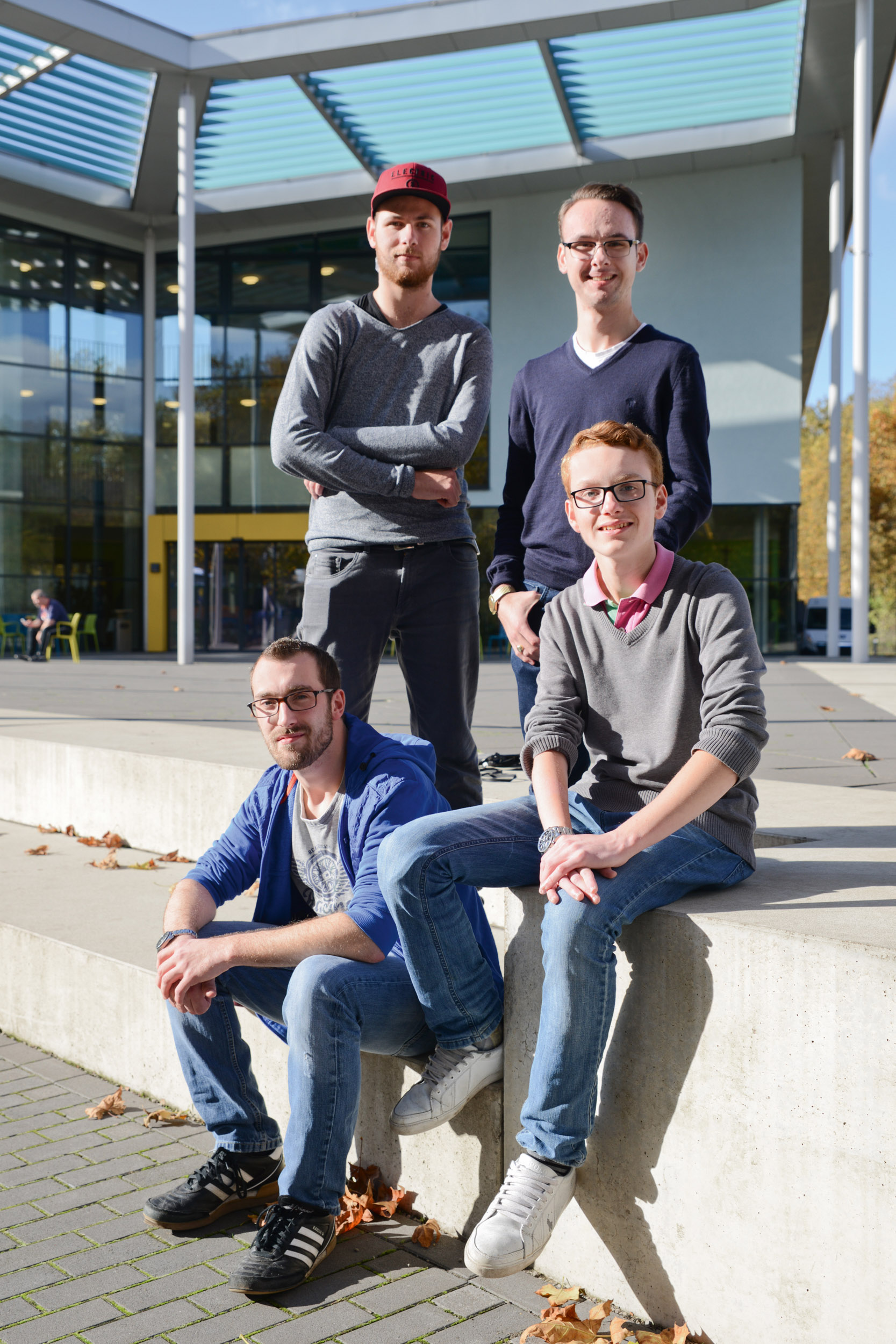
Every year, 30,000 people under 55 in Germany suffer a stroke. Learn about the unique causes in younger adults, the role of cervical artery dissection, and why an unknown cause may mean a lower risk of recurrence.

Dr Lars Kellert, consultant at LMU Munich, has evaluated with other authors numerous studies on stroke in younger people. With 30,000 people under 55 affected each year, the number of young people affected in Germany is greater than expected. Classic risk factors such as diabetes, high blood pressure and lipid metabolism disorders hardly play a role in these cases. According to Kellert, up to 25 percent of juvenile strokes are caused by spontaneous dissections of a cervical artery, which lead to vascular occlusions. Coagulation disorders are another cause.
In up to half of strokes among young people, doctors find no cause despite intensive diagnostics. But Kellert does have one good message for these patients: “If there’s no clear cause, the recurrence risk is significantly lower”, he explains. But patients need to learn to live with the uncertainty. “But in principle, it’s the better kind of news.”

- Stiftung Deutsche Schlaganfall-Hilfe Schulstraße 22 | 33311 Gütersloh | Mario Leisle Pressesprecher Telefon: 05241 9770-12 | presse@schlaganfall-hilfe.de www.schlaganfall-hilfe.de
Related contents
Find related exciting contents in our media library.
Meet our specialists.
Are you interested in our solutions? Schedule a meeting with a Consultant to talk through your strategy and understand how TEHRA-Trainer can help you to advance rehabilitation.
You need to load content from reCAPTCHA to submit the form. Please note that doing so will share data with third-party providers.
More InformationYou are currently viewing a placeholder content from Turnstile. To access the actual content, click the button below. Please note that doing so will share data with third-party providers.
More Information